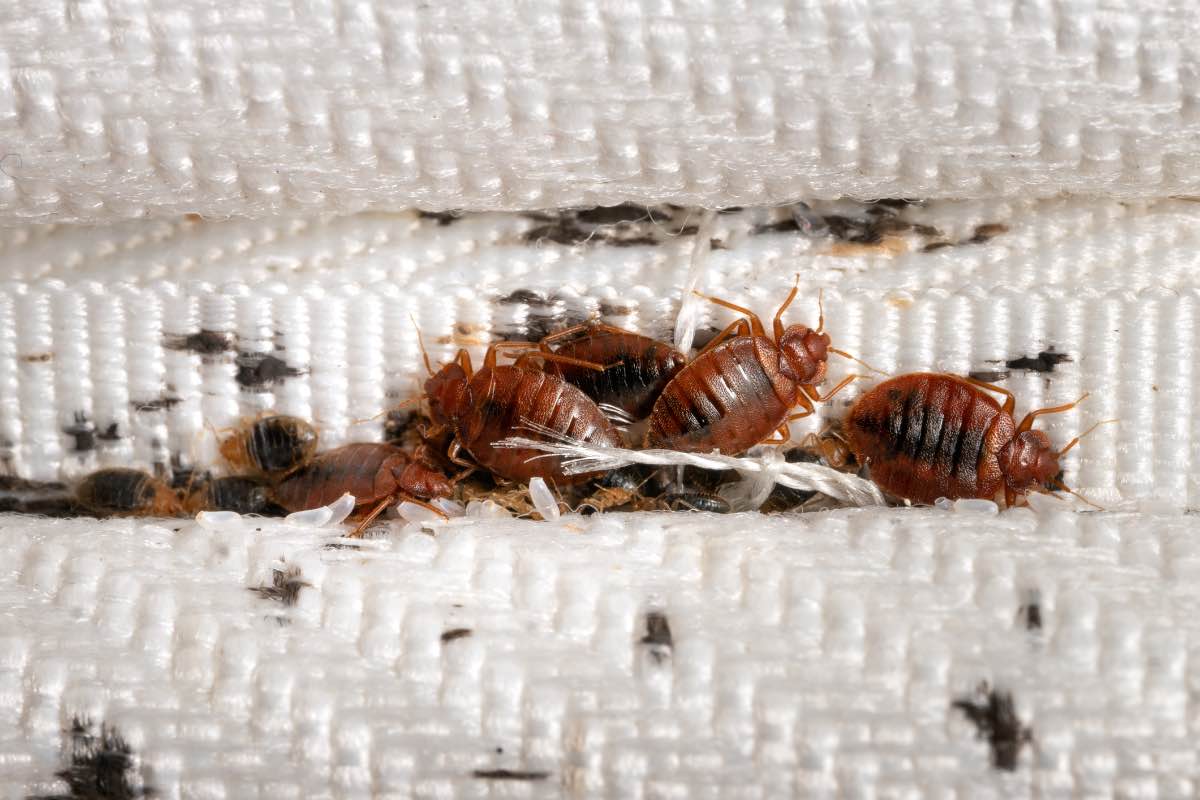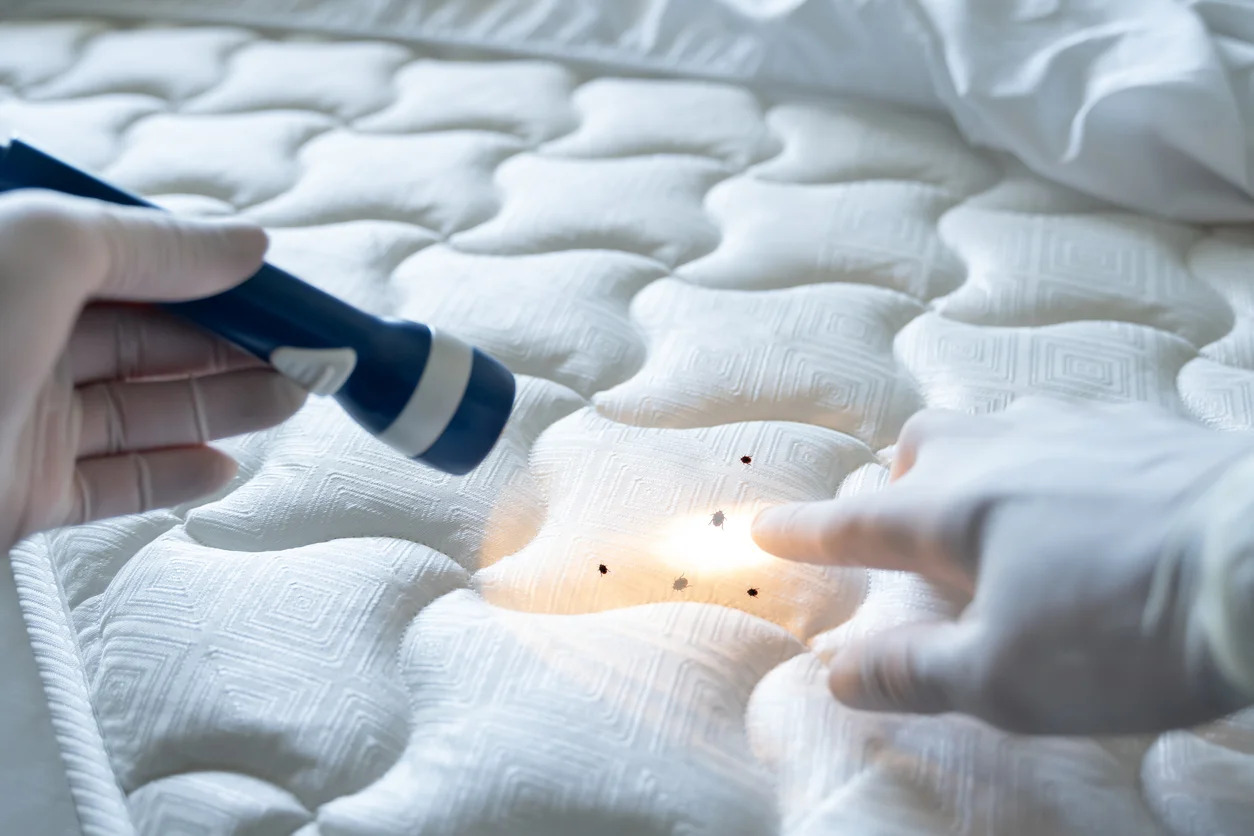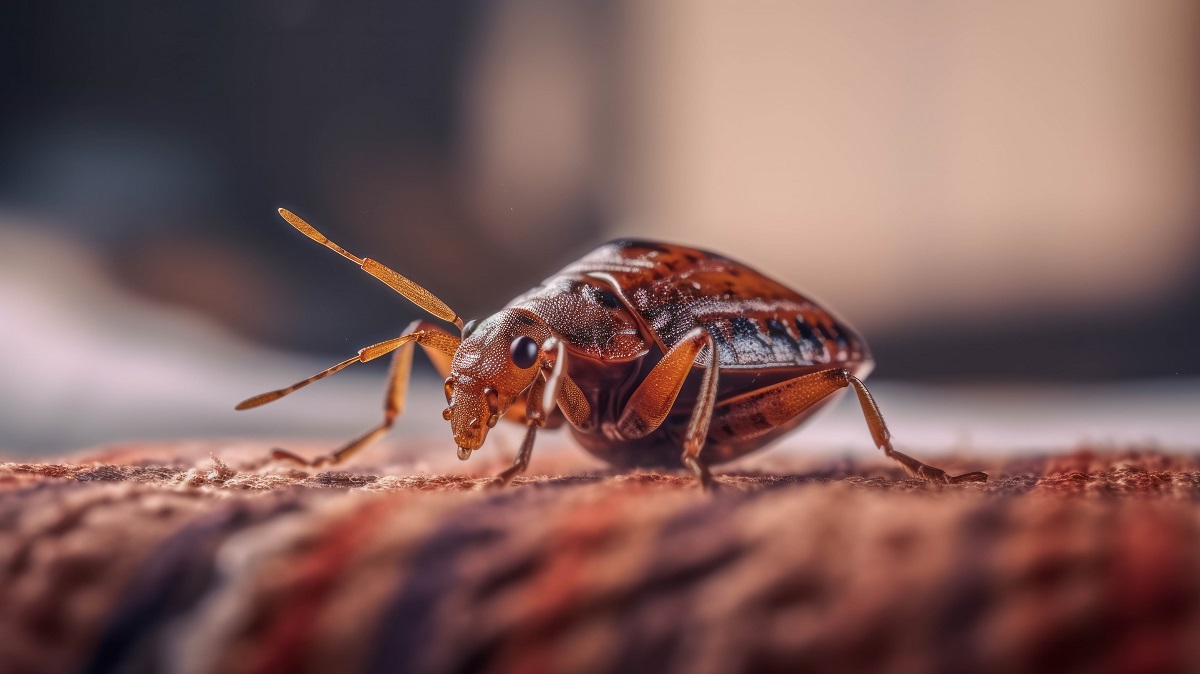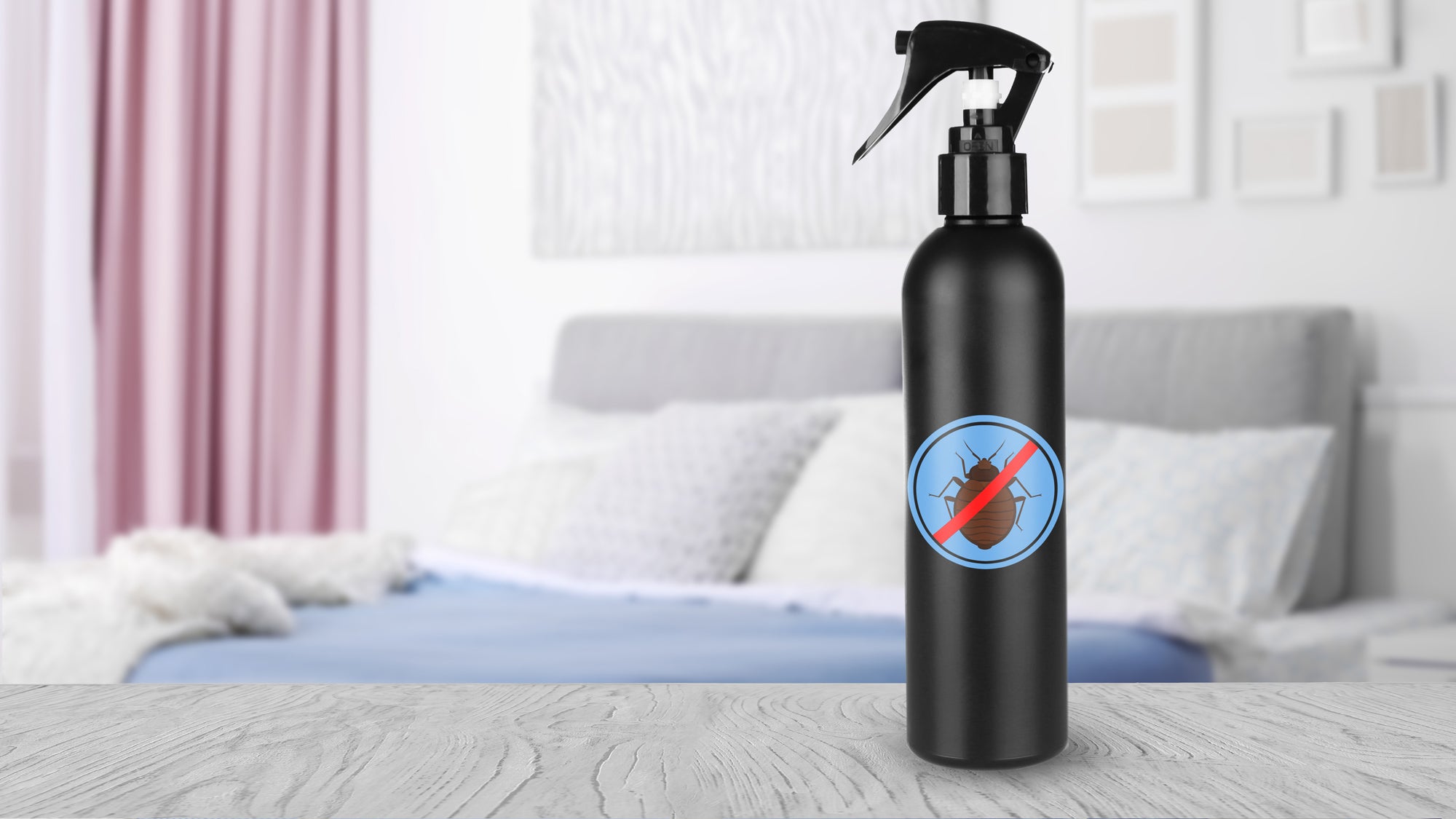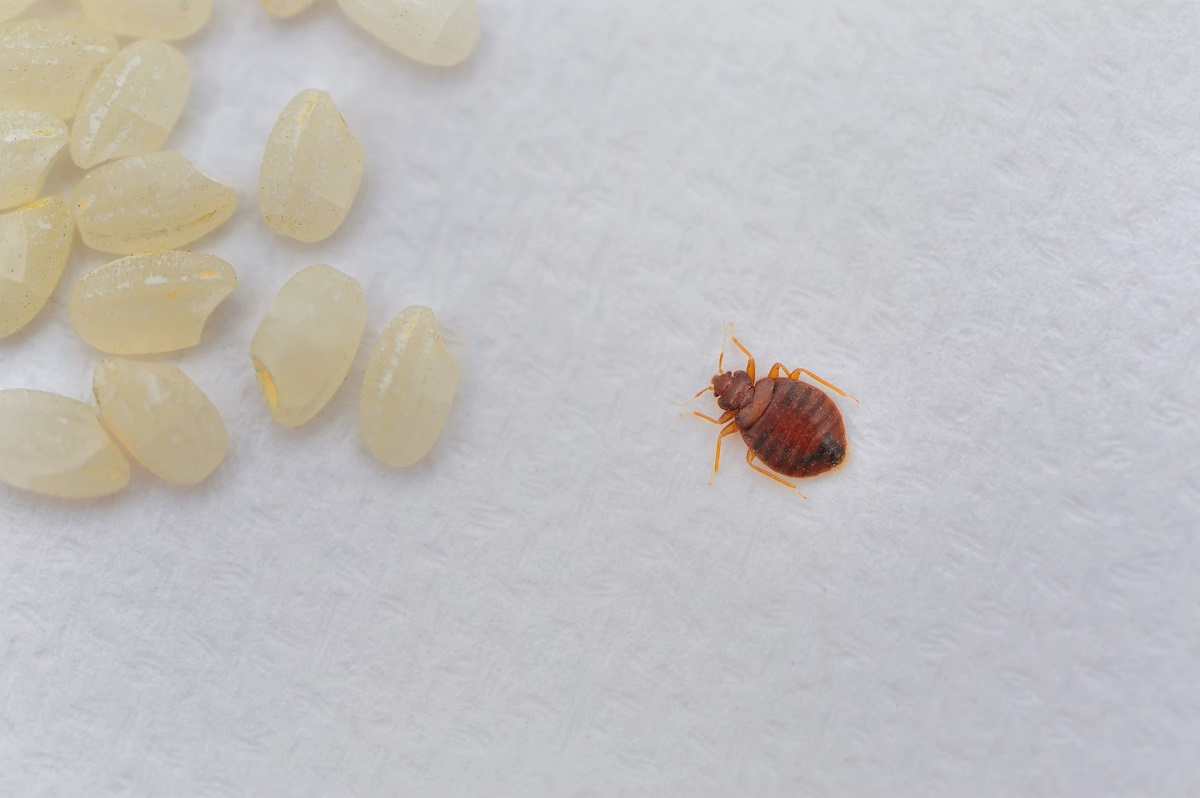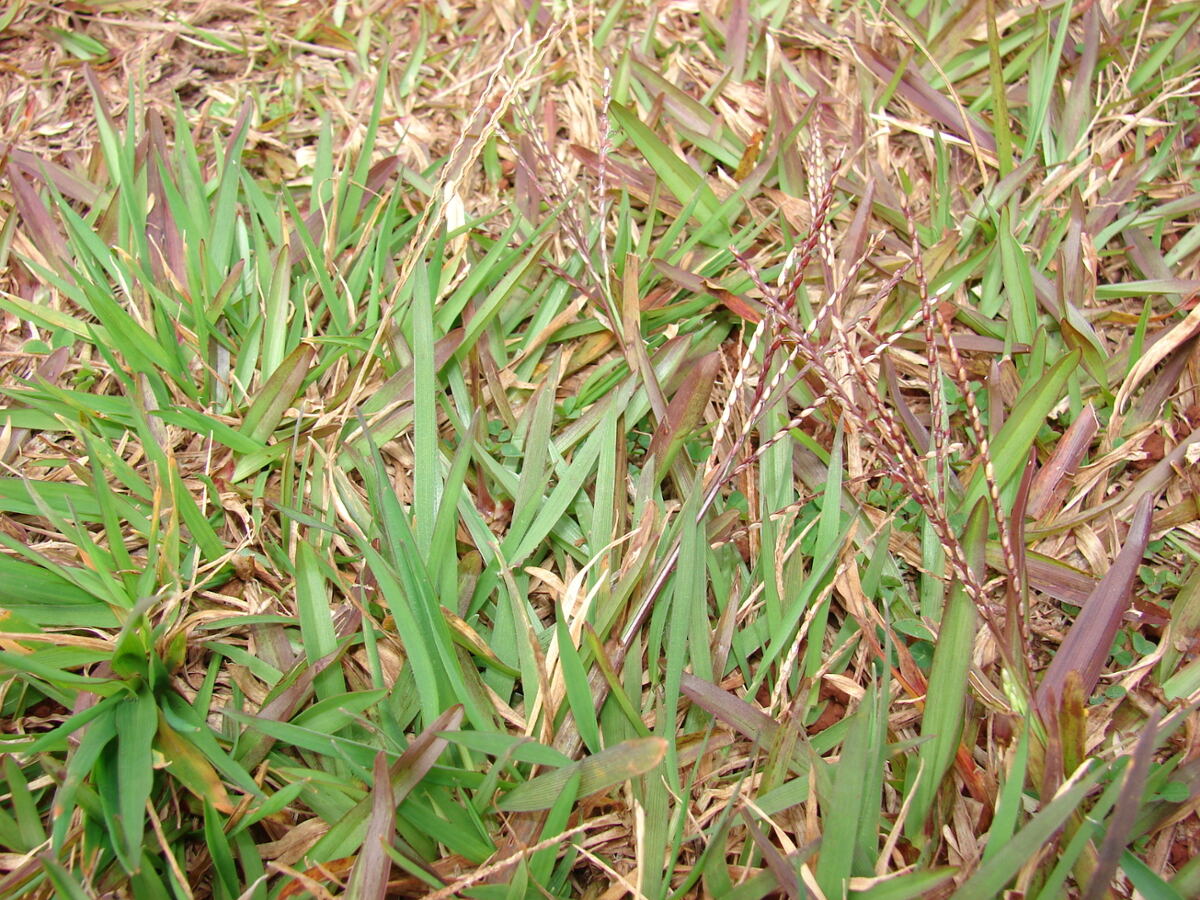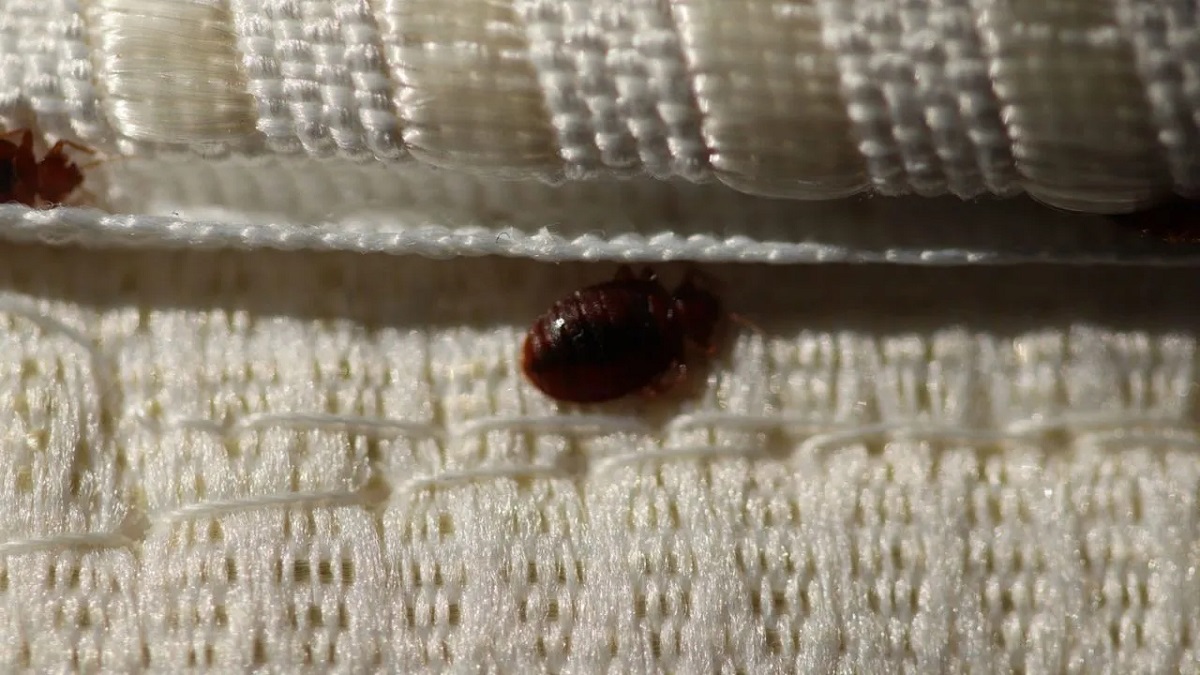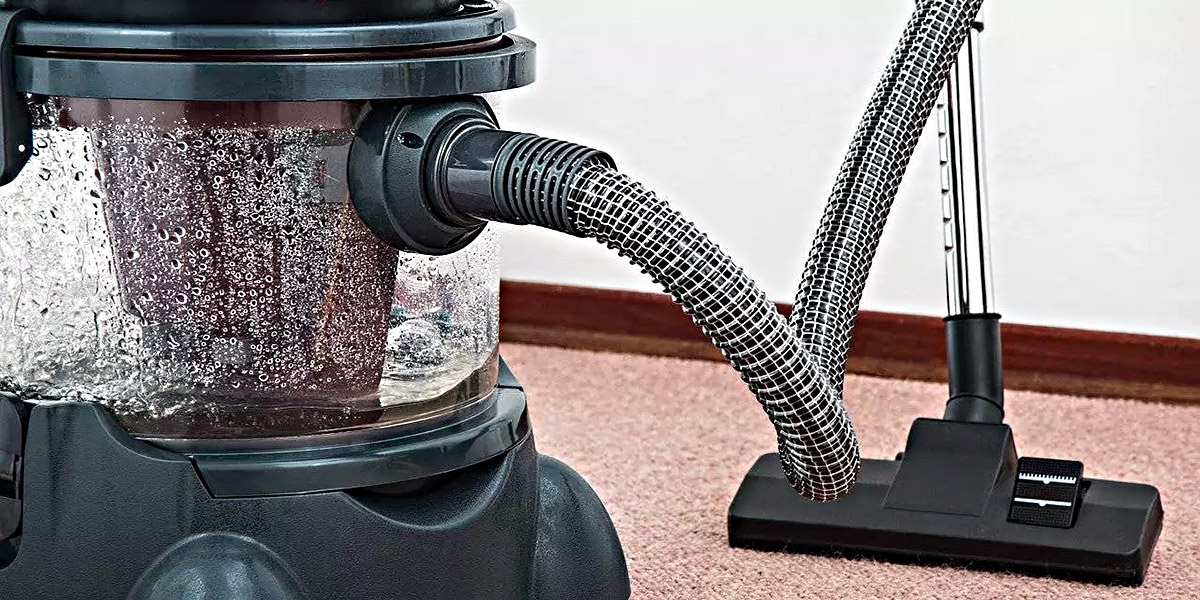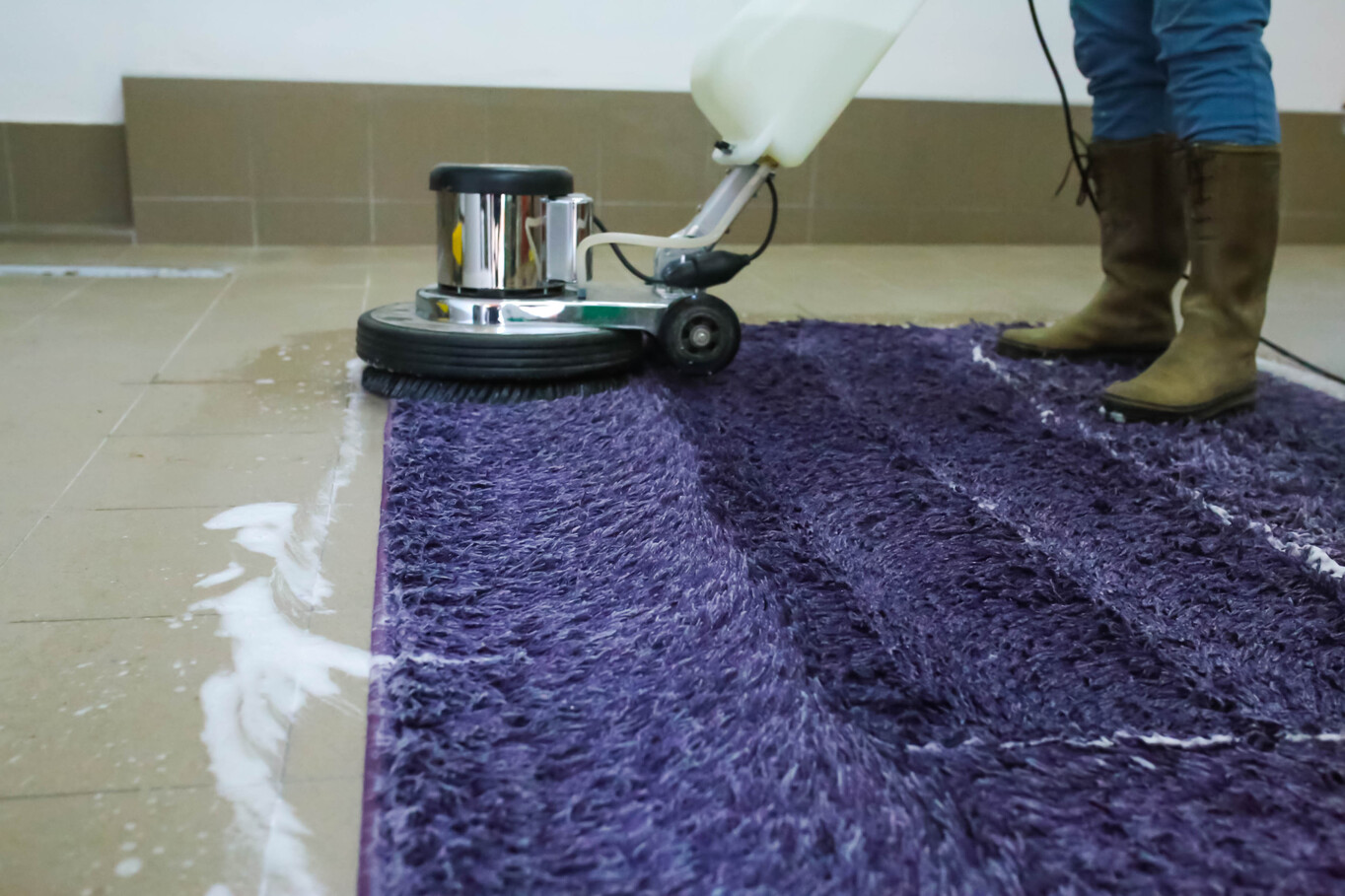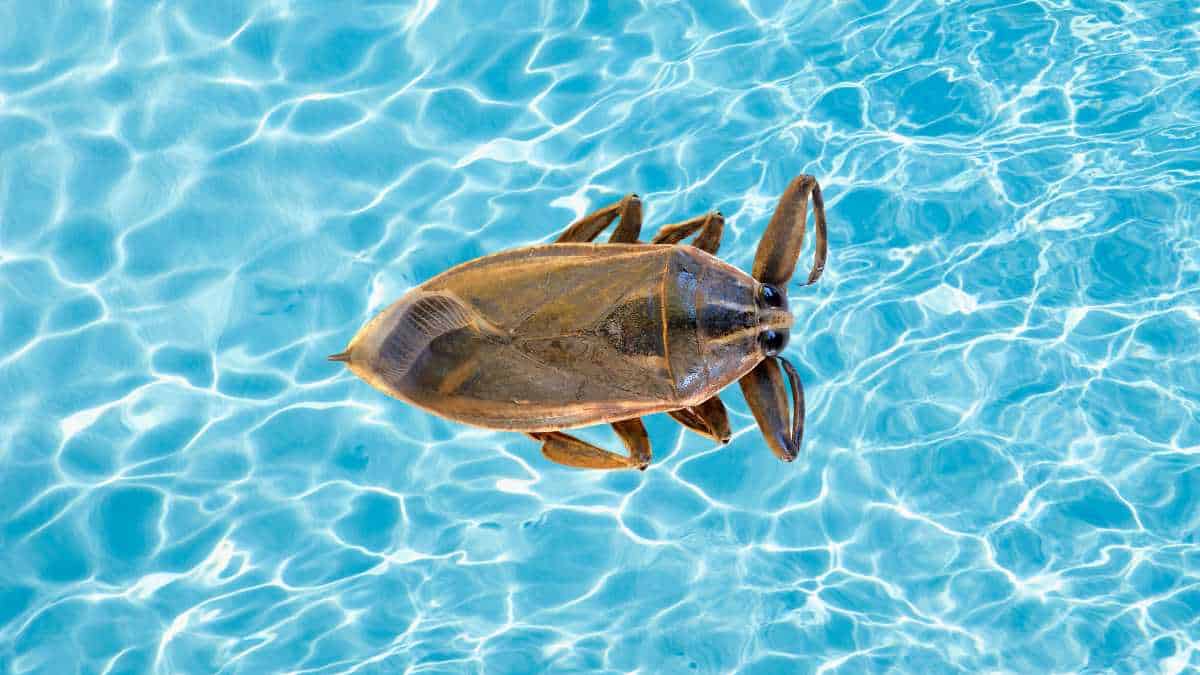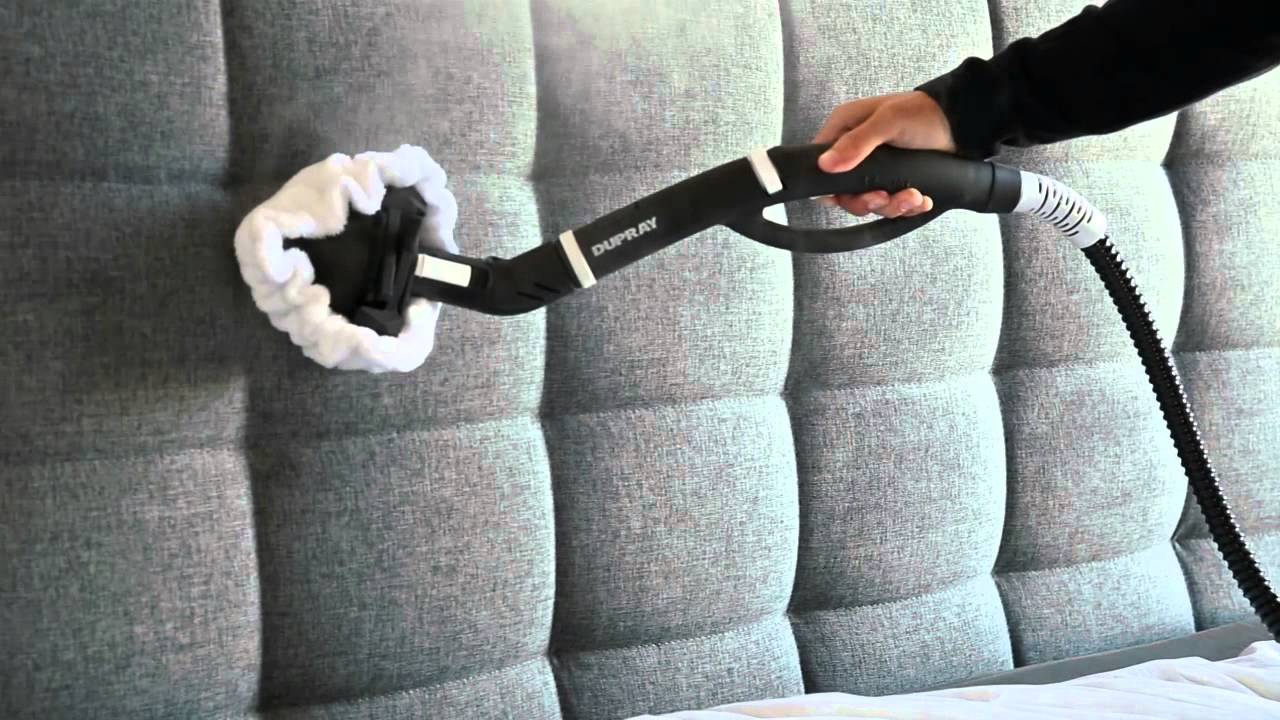

Articles
How To Kill Carpet Bugs
Modified: August 28, 2024
Learn how to eliminate carpet bugs with these informative articles. Discover effective strategies and tips to get rid of these pests and protect your carpets.
(Many of the links in this article redirect to a specific reviewed product. Your purchase of these products through affiliate links helps to generate commission for Storables.com, at no extra cost. Learn more)
Introduction
Carpet bugs, also known as carpet beetles, can be a nuisance in homes and can cause damage to carpets, furniture, and other fabric materials. These small insects, despite their name, do not only infest carpets but are also attracted to clothing, upholstery, and stored food products.
Identifying a carpet bug infestation is crucial in order to take appropriate measures to get rid of them and prevent future outbreaks. This article will provide you with valuable information on how to identify carpet bugs, as well as effective prevention and extermination methods.
It is important to note that while carpet bugs are not harmful to humans in terms of transmitting diseases, they can cause significant damage to your belongings. Therefore, it is essential to address an infestation promptly to minimize any potential harm.
Key Takeaways:
- Identifying carpet bugs and understanding their behavior is crucial for effective prevention and elimination. Implementing preventive measures such as regular vacuuming, proper storage, and sealing entry points can significantly reduce the risk of infestations.
- In cases of severe infestations, freezing, heating, insecticides, natural remedies, and professional pest control services offer effective solutions. Acting swiftly, identifying the source, and implementing a comprehensive approach are key to combating carpet bugs.
Read more: How To Kill A Bed Bug
Identifying Carpet Bugs
Recognizing carpet bugs is crucial because it helps determine the severity of the infestation and enables you to take appropriate action. Carpet bugs are small insects that measure around 1/8 to 3/16 of an inch in length, depending on their life stage. They have a rounded shape and are covered in tiny hairs. Their bodies are typically black or dark brown, with patches of yellow, white, or orange scales.
Carpet bugs undergo a complete metamorphosis, meaning they go through four distinct stages: egg, larva, pupa, and adult. The most destructive stage is the larval stage. Carpet bug larvae are often the primary cause of damage to carpets and other fabric materials in your home.
To identify carpet bug larvae, look for small, elongated insects with bristle-like hairs on their bodies. They may have an alternating pattern of light and dark stripes on their backs. Carpet bug larvae also have a tapered shape with a prominent head and a row of stiff bristles at the rear end.
Carpet bugs are attracted to protein-based substances such as dead insects, pet hair, and food crumbs. They can infest carpets, rugs, clothing, upholstered furniture, and even stored food products. Keep an eye out for signs of damage to these items. Look for irregular holes, patches of missing fibers, or areas with thinning fabric. Additionally, you may notice shed skins, fecal pellets, or the presence of adult carpet beetles near windows or light sources.
If you suspect a carpet bug infestation, it’s important to take swift action to prevent further damage. In the following sections, we will discuss effective prevention measures and strategies to eliminate carpet bugs from your home.
Prevention Measures
Preventing a carpet bug infestation is the first and most important step in ensuring the cleanliness and longevity of your carpets and other fabric materials. By implementing the following prevention measures, you can reduce the risk of a carpet bug infestation in your home:
- Keep a clean and clutter-free environment: Regularly vacuum and dust your home to remove potential food sources for carpet bugs. Pay special attention to areas where crumbs, dead insects, or pet hair may accumulate. Additionally, minimize clutter and avoid hoarding, as carpet bugs are attracted to dark and undisturbed areas.
- Inspect second-hand items: Before bringing second-hand furniture, rugs, or clothing into your home, thoroughly inspect them for any signs of carpet bugs or damage. Wash or dry-clean used clothing and fabrics before using or storing them.
- Store clothing and fabrics properly: Use airtight storage containers or vacuum-sealed bags to store clothing, linens, and other fabric materials. This helps prevent carpet bugs from accessing these items and causing damage.
- Seal entry points: Inspect your home for any cracks, gaps, or openings that carpet bugs may use to enter. Seal these entry points to prevent their access. Pay close attention to windows, doors, and areas where utility pipes or cables enter your home.
- Maintain proper ventilation: Ensure that your home is well-ventilated, as carpet bugs thrive in warm and humid environments. Use dehumidifiers or air conditioners if necessary to control moisture levels.
By implementing these preventive measures, you can significantly reduce the likelihood of a carpet bug infestation in your home. However, if you already have an infestation, the following sections will discuss effective methods to eliminate carpet bugs and prevent their return.
Vacuuming and Steam Cleaning
Vacuuming and steam cleaning are essential steps in eliminating carpet bugs and their larvae from your home. These methods help remove live insects, dead bugs, eggs, and other debris that might be present in your carpets, furniture, and other fabric materials.
Start by thoroughly vacuuming all affected areas, focusing on carpets, rugs, upholstered furniture, and curtains. Use a vacuum with a HEPA filter to ensure that the captured bugs and debris are effectively trapped and not released back into the air. Pay special attention to crevices, corners, and areas where dust and debris tend to accumulate. Remember to vacuum both sides of rugs and furniture cushions.
After vacuuming, it is recommended to steam clean your carpets and upholstery. The high temperatures generated by steam cleaners help kill carpet bugs and their larvae, effectively eliminating the infestation. Be sure to follow the manufacturer’s instructions when using a steam cleaner and allow sufficient drying time to prevent moisture-related issues.
When steam cleaning, consider using an appropriate carpet cleaning solution that is designed to target and eliminate insects to enhance the efficiency of the process. Additionally, treat the surrounding areas, such as baseboards and edges of carpets, as carpet bugs may hide there.
Regular vacuuming and steam cleaning should be incorporated as part of your cleaning routine to prevent future carpet bug infestations. By keeping your carpets and fabric materials clean and free from debris, you create an inhospitable environment for these pests.
Vacuum your carpets regularly to remove carpet bugs and their eggs. Pay special attention to areas where the carpet meets the wall and under furniture. Dispose of the vacuum bag immediately after use.
Freezing and Heating
Another effective method to eradicate carpet bugs is through temperature manipulation. Extreme temperatures, both hot and cold, can be utilized to kill carpet bugs and their larvae. This approach is particularly useful for treating smaller infested items that cannot be easily vacuumed or steam cleaned.
Freezing is the first method to consider. Place infested items in sealed plastic bags and then place them in a freezer. The low temperatures will kill the carpet bugs and their eggs. It is important to leave the items in the freezer for at least 48 hours to ensure sufficient exposure to the cold. After removing the items from the freezer, allow them to thaw naturally before unpacking to avoid moisture-related issues.
Heating is another effective method for eliminating carpet bugs. Expose infested items to high temperatures to kill the bugs and their larvae. This can be done through dry heat by placing the items in a hot, enclosed space such as an oven set to a temperature around 120°F (49°C) for a few hours. Alternatively, consider using a clothes dryer on high heat for at least 30 minutes for smaller items.
It is important to note that not all items can withstand extreme temperatures, so exercise caution to avoid damaging delicate or sensitive materials. When in doubt, consult the care instructions or seek advice from professionals.
By utilizing freezing and heating methods, you can effectively target and eliminate carpet bugs and their larvae in smaller infested items. However, for larger infestations or for items that cannot be treated with these methods, additional approaches may be required, which we will discuss in the following sections.
Read more: What Bugs Kill Grass
Insecticides and Natural Remedies
In situations where the carpet bug infestation is severe or persists despite other methods, insecticides can be an effective solution. It is important to choose insecticides specifically designed to target carpet bugs and always read and follow the instructions provided by the manufacturer.
Before using insecticides, it is recommended to vacuum the affected areas thoroughly to remove any visible bugs and debris. This will allow the insecticide to reach the hidden bugs and larvae more effectively. Apply the insecticide to the infested areas, paying close attention to carpets, rugs, upholstered furniture, and other fabric materials. It may be necessary to repeat the application after a few weeks to ensure complete eradication, as some insecticides may not kill carpet bug eggs.
While chemical insecticides are commonly used, some individuals prefer to use natural remedies to address carpet bug infestations. These natural remedies can be effective in certain cases and offer a more environmentally friendly approach. Here are a few natural remedies to consider:
- Diatomaceous earth: Diatomaceous earth is a fine powder made from the fossilized remains of small organisms. It works by dehydrating and killing carpet bugs and other pests. Sprinkle diatomaceous earth in areas where carpet bugs are present and leave it for a few days before vacuuming.
- Cedar essential oil: Carpet bugs are repelled by the scent of cedar. Add a few drops of cedar essential oil to a spray bottle filled with water and spray it on carpets, furniture, and other infested areas.
- Essential oil sachets: Make sachets filled with dried herbs or spices known for their repellent properties, such as lavender, rosemary, or cloves. Place these sachets in areas prone to carpet bug infestations.
- Extreme heat and sunlight: Expose infested items to direct sunlight or high temperatures for an extended period of time. The heat and sunlight will kill carpet bugs and their eggs.
While natural remedies can be effective, keep in mind that their efficacy may vary depending on the extent of the infestation. It’s important to monitor the situation closely and consider combining natural remedies with other control methods for better results.
If the infestation persists despite your efforts, or if you prefer professional assistance, it may be necessary to seek the services of a licensed pest control professional.
Professional Pest Control
In cases where carpet bug infestations are severe, persistent, or if you prefer to leave the job to experts, professional pest control services can provide effective solutions. Pest control professionals have the knowledge, experience, and specialized tools to assess the extent of the infestation and develop a targeted treatment plan.
When choosing a pest control company, consider the following factors:
- Experience: Look for a company with a proven track record in dealing with carpet bug infestations. Ask for references or check online reviews to ensure their expertise and reliability.
- License and Certification: Verify that the company has the necessary licenses and certifications required by your local authorities. This ensures that they have undergone proper training and adhere to industry standards and regulations.
- Integrated Pest Management (IPM): Choose a company that follows IPM practices. IPM focuses on using a combination of preventive measures, non-chemical control methods, and targeted pesticide application to minimize environmental impact while effectively managing pests.
- Cost and Warranty: Obtain multiple quotes from different pest control companies. Compare the services offered, pricing, and any warranty or guarantee they provide for their work.
Professional pest control companies employ various techniques and treatments to eliminate carpet bugs, including chemical insecticides, steam treatments, and targeted heat treatments. They may also assist with identifying and addressing the source of the infestation to prevent future occurrences.
During the treatment process, it is important to follow the instructions provided by the professionals. This may involve preparing areas to be treated, such as removing or covering food and exposing infested areas for thorough treatment.
Remember to inquire about any post-treatment recommendations or precautions to ensure the effectiveness of the treatment and minimize any risks to humans and pets.
Professional pest control services can provide efficient and comprehensive solutions for severe or persistent carpet bug infestations. Their expertise and resources can help eliminate the infestation and provide valuable guidance on preventive measures to avoid future issues.
Conclusion
Dealing with a carpet bug infestation can be frustrating, but with the right knowledge and strategies, you can effectively eliminate these pests and prevent future outbreaks. Identifying carpet bugs and understanding their behavior is crucial in determining the severity of the infestation and taking appropriate action.
Prevention measures such as keeping a clean and clutter-free environment, inspecting second-hand items, proper storage of clothing and fabrics, sealing entry points, and maintaining proper ventilation can significantly reduce the risk of carpet bug infestations.
Regular vacuuming and steam cleaning help remove live insects, dead bugs, eggs, and debris from carpets and fabric materials, creating an inhospitable environment for carpet bugs.
In cases of severe infestations, freezing or heating infested items can effectively kill carpet bugs and their larvae. Insecticides and natural remedies offer additional options for eliminating carpet bugs, and professional pest control services can be sought for severe, persistent infestations.
Remember, the key to successfully combating carpet bugs is to act quickly, identify the source of the infestation, and implement a comprehensive approach that includes preventive measures, targeted treatments, and regular maintenance. By following the guidelines outlined in this article, you can restore a bug-free environment and protect your carpets, furniture, and fabric materials from further damage.
If you find yourself facing a carpet bug infestation, don’t panic. Arm yourself with knowledge, take the necessary steps, and seek professional help if needed. With determination and persistence, you can reclaim your home from these troublesome pests and ensure a clean and healthy living environment for you and your family.
Now that you're equipped to tackle carpet bugs, why stop there? Dive into our guide on natural remedies for a chemical-free approach to repelling cockroaches. Ready for fresher, cleaner carpets? Our latest roundup of carpet cleaning techniques will help you choose the best options available for 2024. And if pantry moths are your next challenge, learn from pest control experts how to effectively banish these nuisances from your kitchen for good. Keep your home pest-free and pristine with our practical, easy-to-follow advice.
Frequently Asked Questions about How To Kill Carpet Bugs
Was this page helpful?
At Storables.com, we guarantee accurate and reliable information. Our content, validated by Expert Board Contributors, is crafted following stringent Editorial Policies. We're committed to providing you with well-researched, expert-backed insights for all your informational needs.
